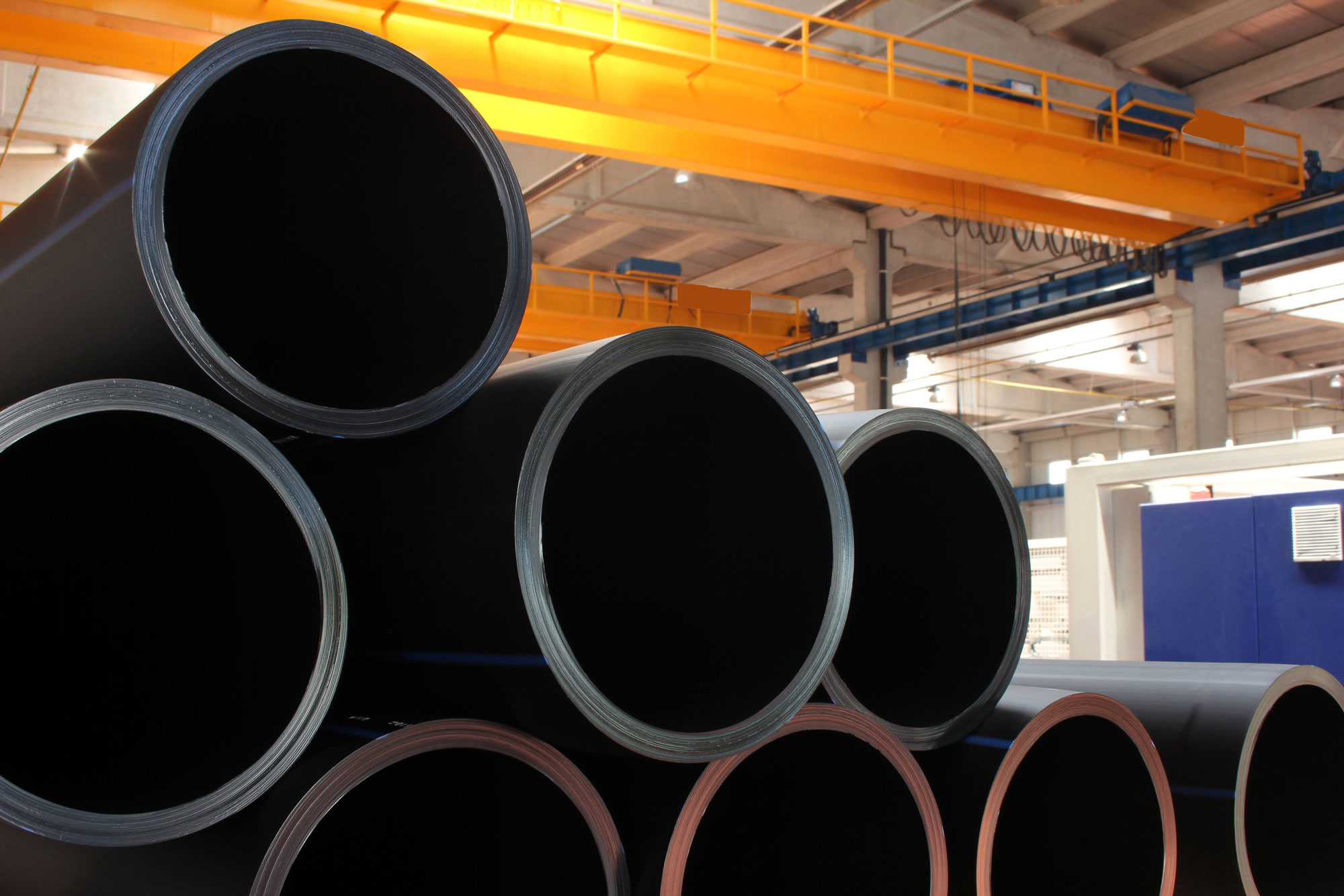Misr El-Hegaz for PE Pipes & Fittings
Misr El-Hegaz group established its Polyethylene pipes factory as a step for its continuous leadership of the pipes market in Egypt & MEA by providing the best Polyethylene pipes in the market.
Since establishment, top consultants have recommended Misr El-Hegaz pipes for mega projects in Egypt & MEA region because of their trust in its quality that matches global quality standards.
Polyethylene Features
Flexibility & toughness.
High resistance to chemical reactions.
High resistance to shocks.
Welding conduction prevents leakage.
Low weight and easy to move.
High resistance to UV rays.
Economic cost.
Long lifetime.
High fluid flow rate because of its surface softness.
Do not affect transmitted liquids.

Quality
Misr El-Hegaz owns a large number of advanced laboratories to ensure that all Misr El-Hegaz products are being well tested according to our strict quality control system, which is designed to match Egyptian and international quality standards.
Our Products
Standards & Regulations
HDPE / PE80
ISO 4427 - 2007 – Egyptian Standard 1832 – DIN 8075-8074
Material Grade: HDPE/PE80 “Design Stress 6.3 N/mm2”
HDPE/PE100
ISO 4427- 2007 – Egyptian Standard 1832 – DIN 8075-8074
Material Grade: HDPE/PE100 “Design Stress 8.0 N/mm2”
PE Pipes for Natural Gas
Transco GIS PL2 part GIS PL2 part 1 & part 8.
PE Fittings
We produce PE & UPVC fabricated fittings using special machinery for large sizes PE & UPVC
pipes starting from 200 mm to 1200 mm.
Tests applied on Misr El-Hegaz PE Pipes
-- PE Pipes for Natural Gas
Density “DIN - 53735”
Melt Flow Rate “DIN - 53479”
Appearance & dimension measurements “DIN – 8075 – 8074”
Tensile Strength “DIN – 53455”
Modulus of elasticity “DIN – 53455”
Hardness “DIN – 53456”
Impact resistance “DIN – 53453”
Carbon black content “ISO 6964”
Elongation @ break “ASTM D 638”
-- Special tests applied for natural gas pipes
Oxidation induction time “OIT”
Pigment dispersion.
Weathering test.
Resistance to rapid crack propagation.
Squeeze test.
Circumferential reversion test.

